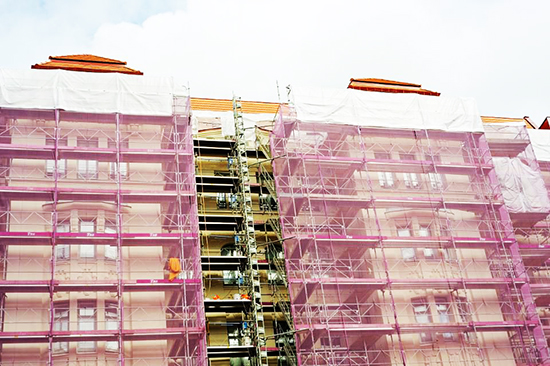
By Elie Rieder | Forbes
The Tax Cuts and Jobs Act created quite a stir when it was first drafted and eventually passed, with all sides of the political spectrum arguing for and against the proposed changes. It is unfortunate, but commonplace now, that within Congress there are tremendous divides on just about every major issue. On taxes alone, the estate tax, pass-through business taxation, certain personal tax matters, acceptable deductions and the various waivers, each and collectively, are lauded or criticized. However, there was one policy within the Tax Cuts and Jobs Act that was attractive and beneficial to members of Congress on both sides of the aisle: Qualified Opportunity Zones.
Qualified Opportunity Zones was originally introduced in the Investing in Opportunity Act (IIOA) during the 114th Congress; it was reintroduced in 2017in the 115th Congress by Sen. Tim Scott, R-S.C., and Sen. Cory Booker, D-N.J. and Representatives Pat Tiberi (R-Ohio) and Ron Kind (D-Wis.), where it received nearly 100 congressional cosponsors. The goal of these opportunity zones, or O-Zones according to the IRS, is to strengthen distressed neighborhoods across the United States through economic development and incentivize job creation in those communities.
Why do we need Opportunity Zones?
“The Investing in Opportunity Act and, in particular, the Opportunity Zone program, will drive investment into affordable workforce housing in markets across the country, due to the increased demand for high-quality rental housing.” ~Dan Gauthier




